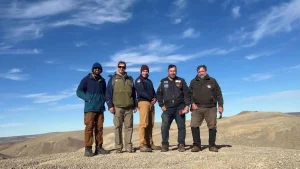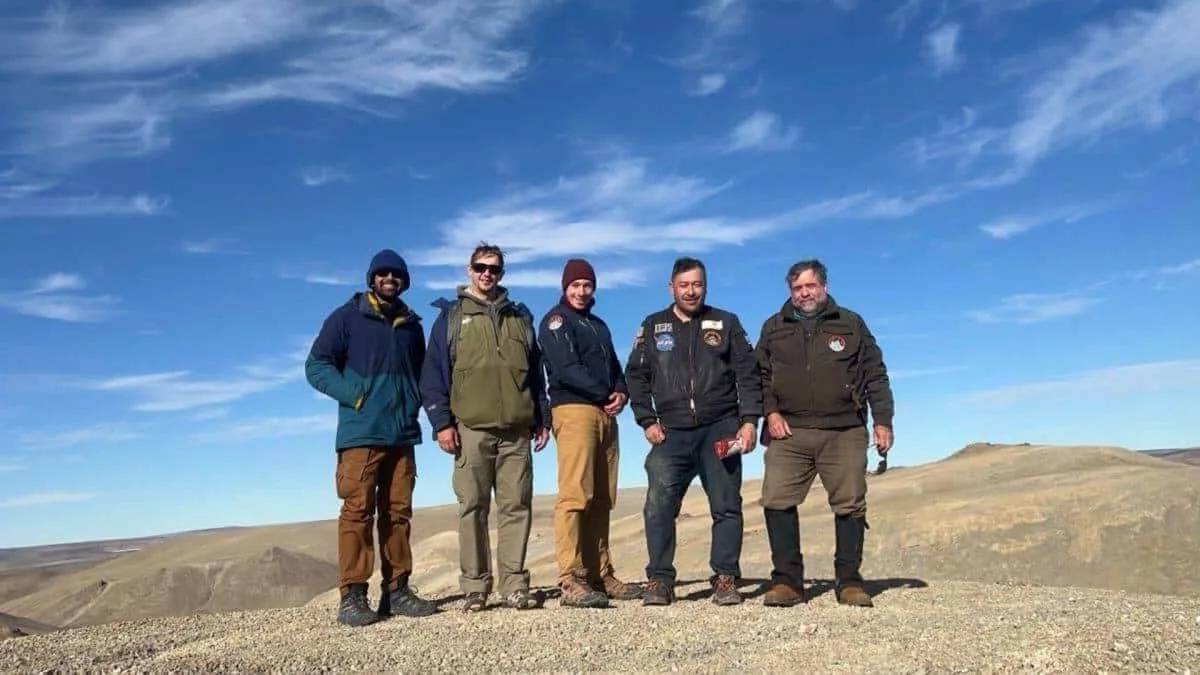For somebody who has pored over photographs of Mars for years, it was fairly simple to imagine you have been on that planet. We’ve returned from a bone-rattling overland sojourn throughout Devon Island within the Arctic — our longest roundtrip, at about 38 miles (56 kilometers), headed southwest out of the simulated Mars outpost on the Haughton-Mars Project (HMP) base camp.
The time had aimed to inspect a path to the beach for a subsequent pressurized, crewed rover to observe from touchdown on Devon Island’s coast and as much as camp.
A month on ‘Mars’: The Arctic comes alive.
As it turned out, throughout the 2018 traverse, they didn’t make all of it how to the coast, and because the summertime season wrapped up, they determined to park the Humvee at the place it’s right now and land a Twin Otter airplane close by for extraction of the group. So far as leaving the Humvee is anxious, they’d gone so far as the terrain would enable because the climate started to show, with the Humvee bogging down in the mud and mushy soil an increasing number of incessantly.

The plan was to have the Humvee overwintering within the subject since situations can be identified because of the HMP base camp. The ATV left several miles nearer to the center was a similar story; two ATVs were extracted with the crew, and with the third including an excessive amount of weight, it was left to overwinter on a valley flooring.
The expectation in 2018 was that they’d get well inside a subsequent couple of years. However, 2019 was a brief season without time to retrieve the ATV, and 2020 … properly, COVID. In the tip, each auto would sit out within the parts for 4 years.
We left camp at about 11 am, as quickly as the MIT crew returned from their tour several miles away to test the EDGES experiment. Due to the necessity to change out batteries for the heating system in this frigid atmosphere, they trip out to the ground of Von Braun Planitia (a plain to the north) to swap batteries and test their knowledge acquisition two-to-three occasions each day.
Initially, our route took us from the low-lying valleys to the southwest of the bottom. It was chilly and cloudy, however dry. The valley partitions are only a few hundred toes extreme right here, and the occasional butte or scarp punctuates the large easy, rolling panorama. It was a scenic approach to start the traverse, and for somebody who has pored over each orbital and ground-level photograph of Mars for years, it was fairly simple to imagine you have been on that planet.
We quickly created a better hill, and a stunning valley opened up earlier than us — it could become simply the primary of many such views. As we continued, the bottom modified from the ever-present pink rock and silt we have turned accustomed to and was now carpeted with what I took to be both boring yellow lichens or useless overgrowth. Upon closer examination, it turned out to be neither — the hills and huge valley flooring have been lined nearly solely by tiny chips and tablets of sharp, yellow rock, largely an iron oxide-stained limestone.
Discover more from USA Liberty News
Subscribe to get the latest posts sent to your email.








